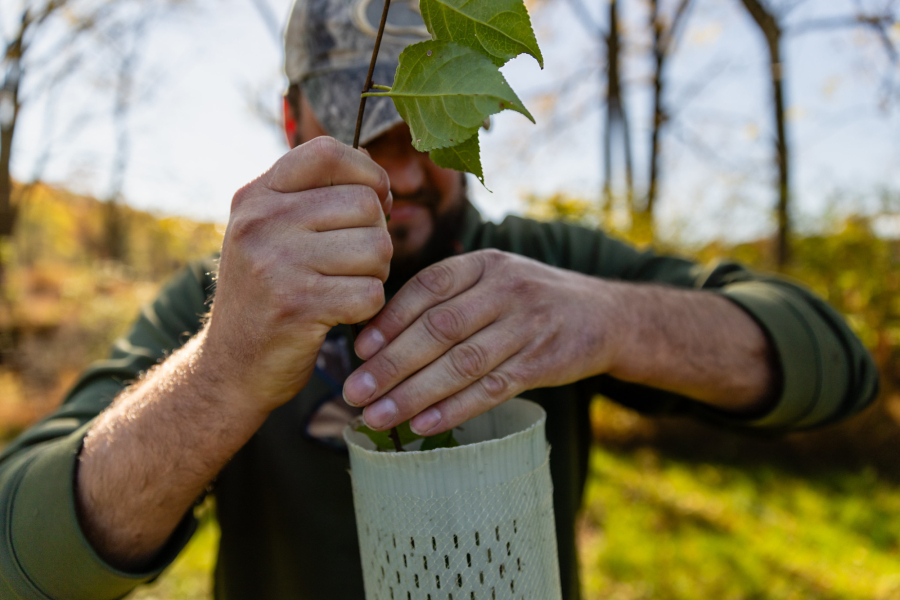Annual report provides updates on 18 Watershed Agreement outcomes
2023 Bay Barometer shows promising results for the Chesapeake watershed

The Chesapeake Bay Program has announced its annual round-up of the most recently updated outcomes of the Chesapeake Bay Watershed Agreement. Eighteen outcomes were updated by the partnership in 2023, depicting the state of the estuary’s blue crabs, toxic contamination levels, stream health and more.
The Watershed Agreement established 10 goals and 31 outcomes for the restoration of the Bay, its tributaries and the lands that surround them in 2014. Through an extensive network of partners, the Chesapeake Bay Program coordinates data collection and verification to determine how close each outcome is to being achieved. The outcomes are updated on different timelines and often rely on data and information collected from past years.
Of the 18 outcomes updated in 2023, several are on track to achieve their targets . Large-scale oyster reef restoration is on track to be completed in 11 tributaries by 2025, with reef construction already finished in eight rivers. At the end of 2022, 1.64 million acres of land has been permanently protected from development, marking an 82% achievement of the goal to protect an additional two million acres of land in the watershed by 2025. And in 2022, 11 new public access sites were added to the watershed, meeting 83% of the goal to add 300 new public access sites by 2025.
Other outcomes refreshed in 2023, while considered off-course in meeting their restoration targets, showed promising increases with their latest data update. In 2021, partners working towards the Forest Buffers Outcome planted 230.5 miles of forest buffers, the most per year since 2016. Underwater grass in the Bay and its surrounding tributaries increased by 12% from 2021 to 2022, marking the second year of growth since acreage fell dramatically in 2019.
Also included in the annual report are data related to increases in average air temperature and annual precipitation change for each jurisdiction in the Bay watershed, gathered by the partnership as part of its Climate Monitoring and Assessment Outcome.
An overview of all other outcomes updated in 2023 can be found in this year’s Bay Barometer, while information on each outcome of the Watershed Agreement can be accessed when it is updated on ChesapeakeProgress.com.

Comments
There are no comments.
Thank you!
Your comment has been received. Before it can be published, the comment will be reviewed by our team to ensure it adheres with our rules of engagement.
Back to recent stories